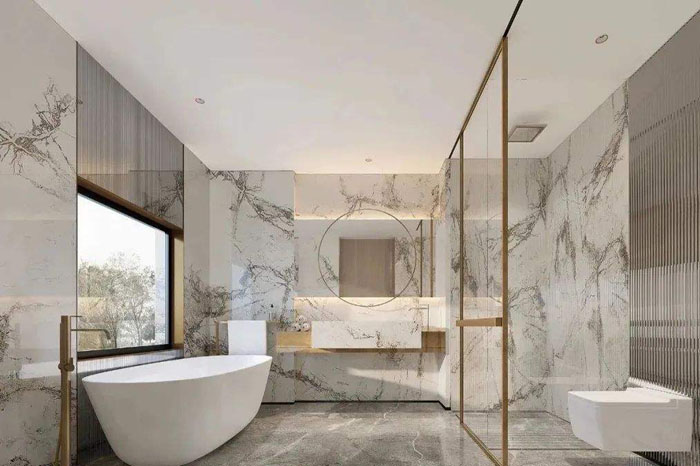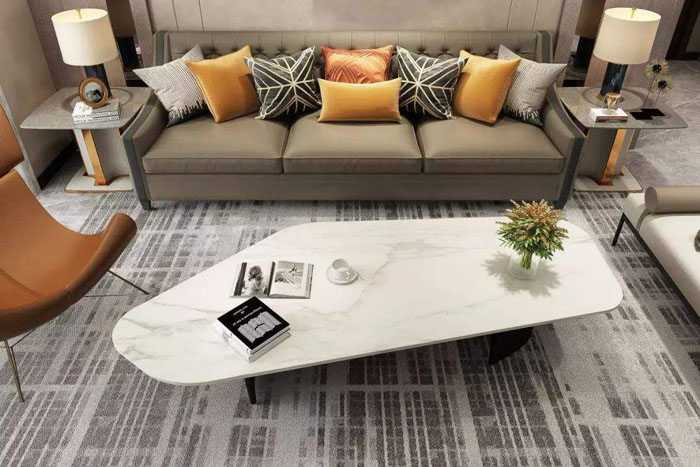As people's understanding of environmental protection is getting deeper and deeper, the requirements for the selection of home decoration materials are also getting higher and higher, which must be green, durable, and ultra-lightweight. For indoor materials, it should be non-toxic, non-radiation, zero formaldehyde, and pollution-resistant. Nowadays, the decorative materials market can be described as a dazzling array. Among the many materials, quartz stone and ultra-thin slabs stand out and are listed as green decorative materials by the country. So what is the relationship between them? Next, let's take a look at Xiaobian Jiahao.

Quartz stone and ultra-thin rock slab have the same characteristics. They are both wear-resistant, scratch-resistant, high-temperature resistant, anti-permeation, easy to clean, non-toxic, non-radiation, zero formaldehyde, rich colors (can be artificially toned), etc., and are used together Field, wall, floor, countertop, etc. Friends who know about quartz stone will say that this is not quartz stone? Wrong. Let's take a look at their differences.
Quartz stone is manufactured by die-casting of quartz sand and resin through production equipment. It is an artificial stone product. Because the plate is filled with quartz sand, it is called quartz stone by quartz stone manufacturers. Common domestic specifications are 2400x760x15mm or 3250x1600x20mm, and the thinnest thickness is 8mm.

Ultra-thin rock slab is made of natural stone and inorganic clay through a special process, using the most advanced vacuum extrusion molding equipment and a fully automatic closed computer temperature-controlled roller kiln. It is made by firing 1200 degrees. It is currently the thinnest in the world (only 3mm), the largest size currently available in the world (3600×1200mm), a porcelain decorative sheet weighing only 7KG per square meter.
Speaking of this, many people will understand that quartz stone is decorative stone, and ultra-thin rock slab is decorative "big ceramic tile".